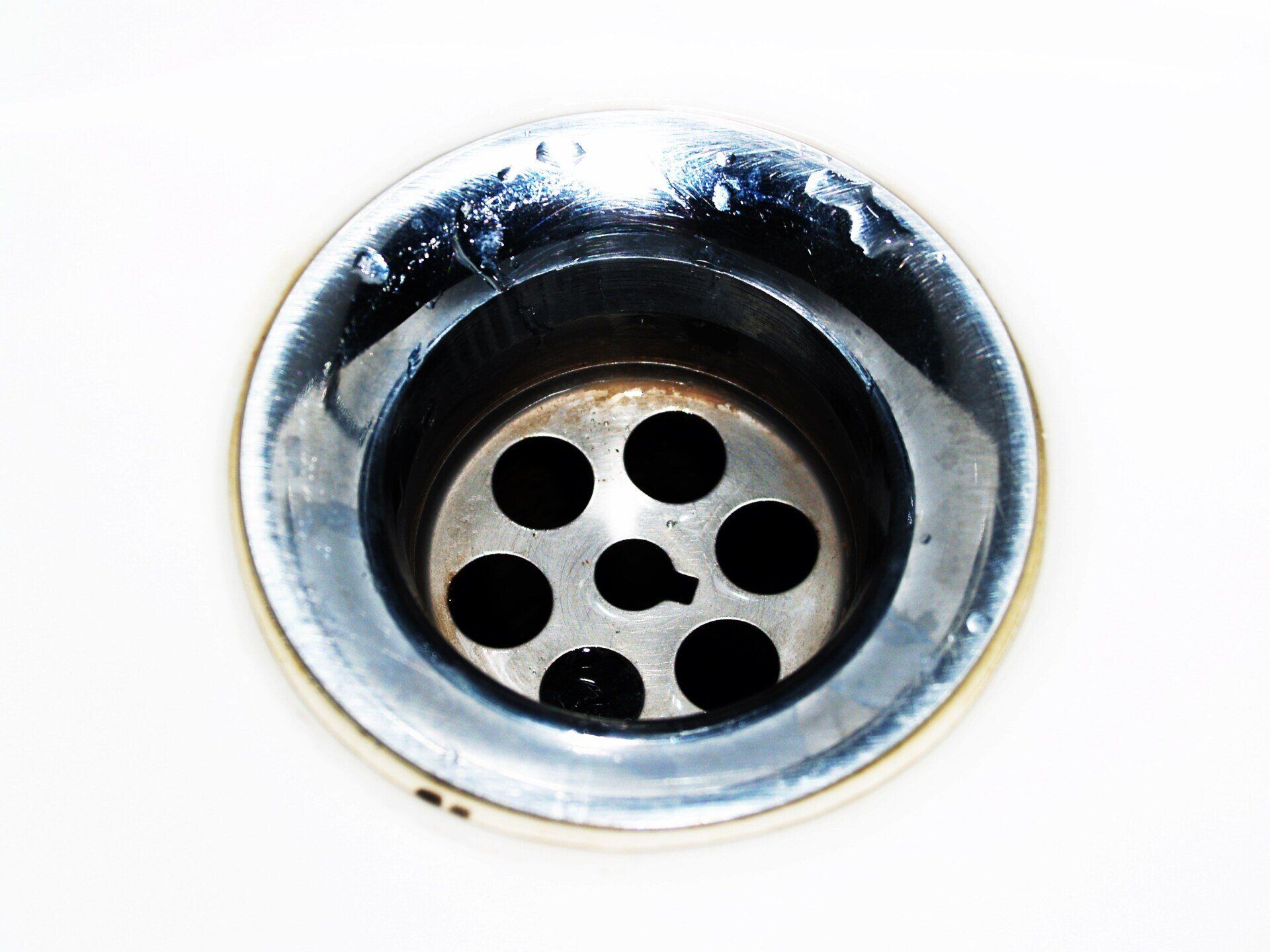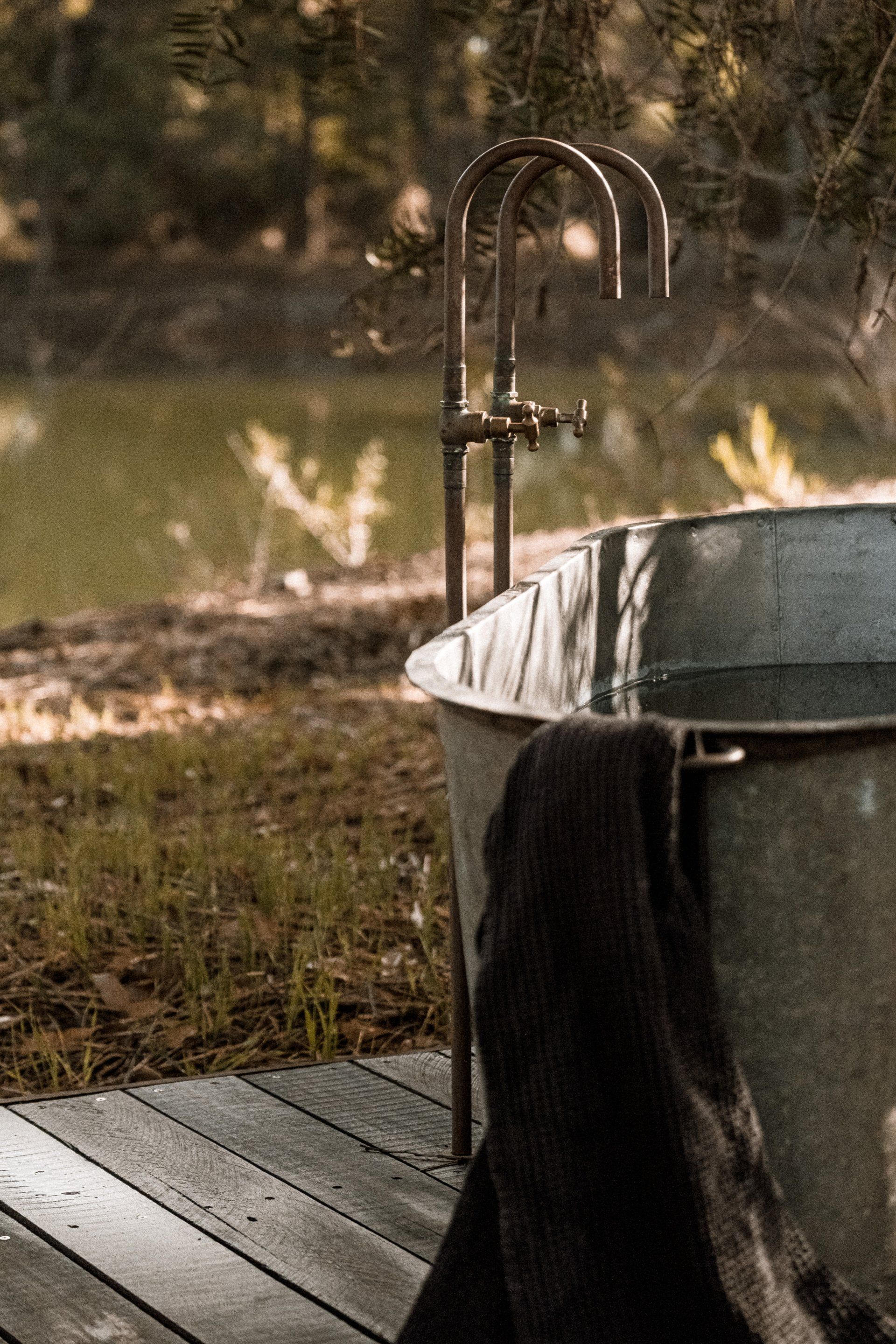Is it the right time to replace your house trap?
Is it the right time to replace your house trap?
What do fashion trends and plumbing have in common? Both have trends that change. We are sure you have seen olive-green toilets in use since the 1940s. The house trap, an outdated plumbing trend, can be more troublesome and frustrating than it is nostalgic.
What is the definition of a house trap?
House traps were an old plumbing device used in homes built between 1989 and 1990. It is basically a U-shaped piece of pipe, which is installed with the underground sewer main that runs from the house to the municipal sewage main. The pipes bend downwards to collect a small amount of water. This helps prevent sewage gases from escaping the sewer line and into your home.
Problems caused by house traps
The house trap sounds great in theory. But they have caused serious plumbing problems. The old house traps were not only poorly designed, but they also rusted over the years. This would mean that instead of clogging with sewage gases, the trap wouldn't be holding any waste.
You could have a host of problems if the contents of your drain get clogged in the sewage line.
- Harmful sewage fumes entering homes
- Slow or blocked drains (including the toilets) throughout your home
- Sewage backflow into your house (typically the basement)
- Increased likelihood of a line breaking in your sewer
An easier, more current approach
If your house is older than the rest and has not had sewer work done, you may have a trap. It's not necessary to fix it right away, as long the sewer is flowing freely. If you notice any signs that we have mentioned, it's a good idea not to do anything but inspect your sewer lines.
If you discover that you have a faulty house trap, you could replace it with a more modern and efficient sewer clean-out. Instead of a U-shaped device, a sewer clean-out is a vertical pipe that runs from the sewer line to the ground. This allows sewage gases and other pollutants to be emitted rather than finding their way into your residence. It is also easier to clear out your sewer line in case of a blockage. Additionally, modern materials are not corrosive and will not break down as well as older pipes.
Get a
FREE Quote
Plumber Fort Mcmurray Quote
You might also like




